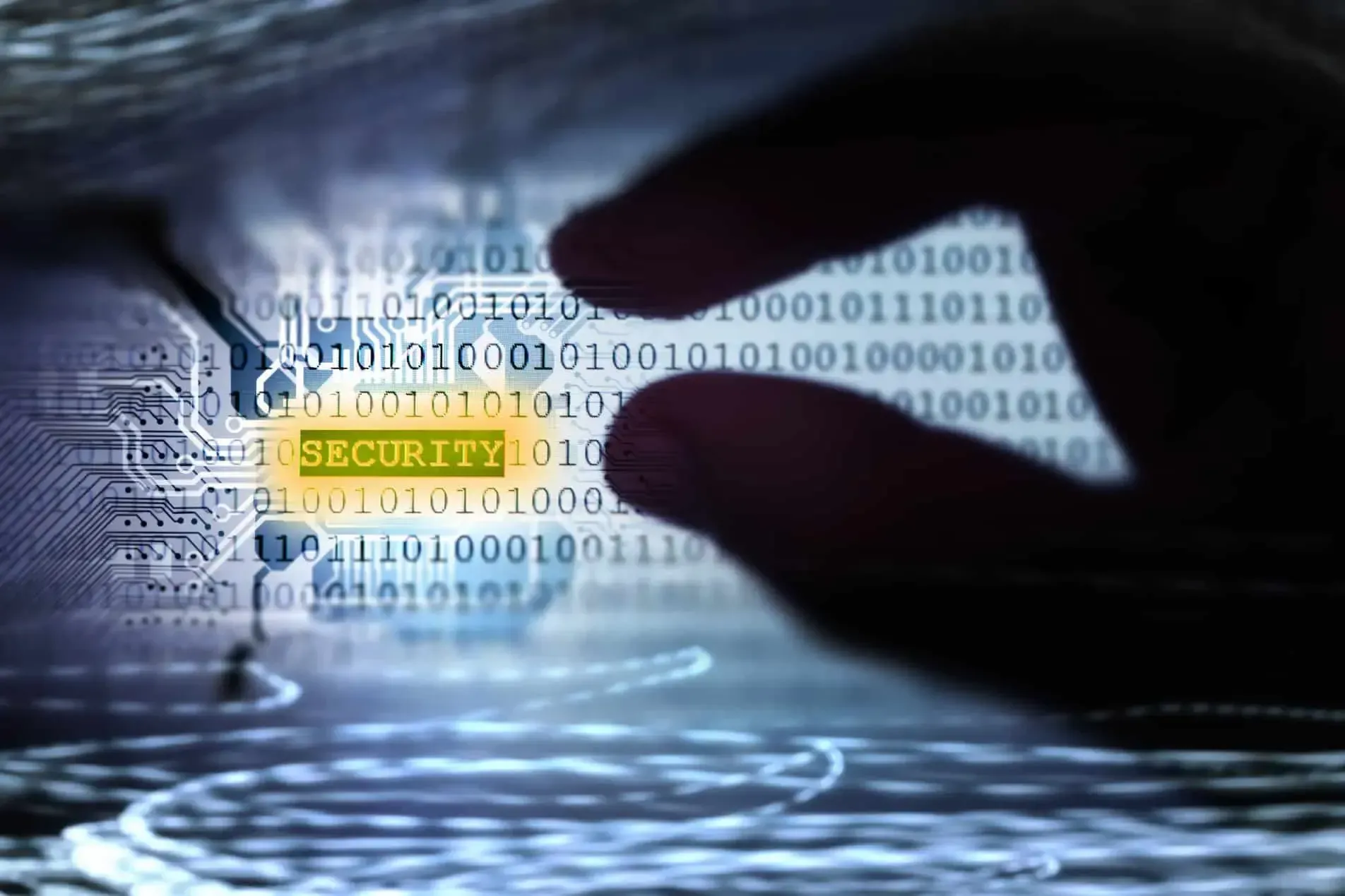Any improvement on Ghost addon?
-
This post is deleted!
-
@phenomlab Any improvement on Ghost addon?
@kurulumu-net Yes, I have it working

Have a look here
-
@phenomlab Any improvement on Ghost addon?
-
@phenomlab Any improvement on Ghost addon?
@kurulumu-net Yes, I have it working

Have a look here
-
-
@kurulumu-net Looks like I have some theming to do
 but the concept is 100% there
but the concept is 100% there
@phenomlab said in Technical issue? You might be overthinking it:
@kurulumu-net Looks like I have some theming to do
 but the concept is 100% there
but the concept is 100% thereyes i guess so

-
undefined phenomlab has marked this topic as solved on 26 Nov 2021, 17:03
-
@phenomlab said in Technical issue? You might be overthinking it:
@kurulumu-net Looks like I have some theming to do
 but the concept is 100% there
but the concept is 100% there
yes i guess so

@kurulumu-net CSS styling is now addressed and completed.
Did this solution help you?
Hello! It looks like you're interested in this conversation, but you don't have an account yet.
Getting fed up of having to scroll through the same posts each visit? When you register for an account, you'll always come back to exactly where you were before, and choose to be notified of new replies (ether email, or push notification). You'll also be able to save bookmarks, use reactions, and upvote to show your appreciation to other community members.
With your input, this post could be even better 💗
RegisterLog in





